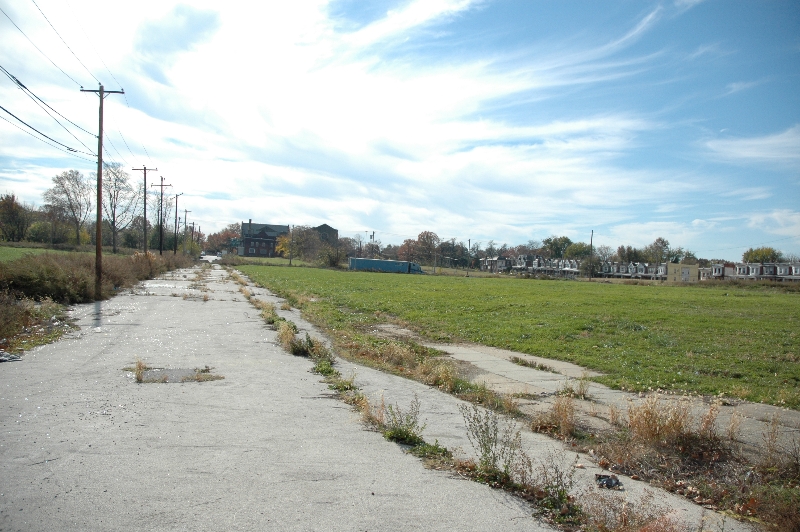June 26: MOVE marker needs site | Furness jowls | Chester deindustrialization and racism

Pro-tax protesters seized audible control of the Local Government Committee hearing on Philadelphia’s sweetened beverage tax, forcing committee chairman Senator Scott Wagner to cancel the hearing and reschedule in Harrisburg, the Inquirer’s Chris Brennan reports. The planned agenda had included “planned testimony from union leaders and beverage makers who oppose the tax, along with some pro-tax speakers.”
Keystone Crossroads looks into the impact of deindustrialization and racism on cities like Chester on the most recent episode of its Grapple podcast. Yale University’s Elijah Anderson observes how places like Chester reinforce the “Iconic Ghetto,” arguing that potential solutions must address structural poverty, cautioning against “simplistic solutions.” In order to boost their economic health and move forward, the Brookings Institution’s Amy Liu says recommends a regional strategy, and for Chester to take advantage of its “great location, great infrastructure, access to cities like Philadelphia and Wilmington, or the whole eastern Amtrak corridor.”
Jason Lempieri evaluates the architecture of ten new projects in Philadelphia for Hidden City, using an image of Frank Furness and his famous jowls “in jocular form” to indicate increments in design quality. With “the more jowls, the better the architecture,” the New College House on Woodland Walk in Penn’s Campus takes the leads with ten jowls, while the Museum of the American Revolution ranks lowest with two jowls.
City officials unveiled the state historical marker commemorating the MOVE bombing at a temporary location at Saturday’s ceremony, NewsWorks’ Aaron Moselle reports. The marker, proposed by students from the Jubilee School, was approved by the Pennsylvania Historical and Museum Commission and about 200 neighbors signed on in support. Jubilee teacher Karen Falcon explains “it was a sensitive topic, and neighbors weren’t comfortable with having it.” Councilwoman Blackwell’s office shares that “a neighbor on Osage Avenue is open to having the marker in front of or on the side of her home.”
In 1959, “a powerful early warning that the neighborhood of Logan was sinking came…at 10th Street between Courtland and Wyoming,” writes Ken Finkel on PhillyHistory. 27 years before the 1986 explosion and fire that destroyed a row of houses in the neighborhood, Finkel looks into a similar incident in which gas seeped into underground pockets and went undetected, leading to the explosion of five nearby homes. Finkel explains that the entire Wingohocking Valley development was built on fill to create unnaturally flat but developable land, with a foundation consisting of “30 to 48 feet of unstable coal ash” and about 500,000 cubic yards of debris hauled from Center City. Today, citing the average urban soil background lead level at about 735 parts per million (ppm), Finkel closes: “Logan, a/k/a a dump disguised as a neighborhood, is toxic.”
WHYY is your source for fact-based, in-depth journalism and information. As a nonprofit organization, we rely on financial support from readers like you. Please give today.







